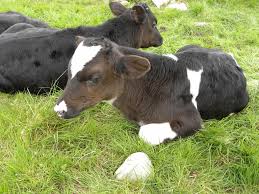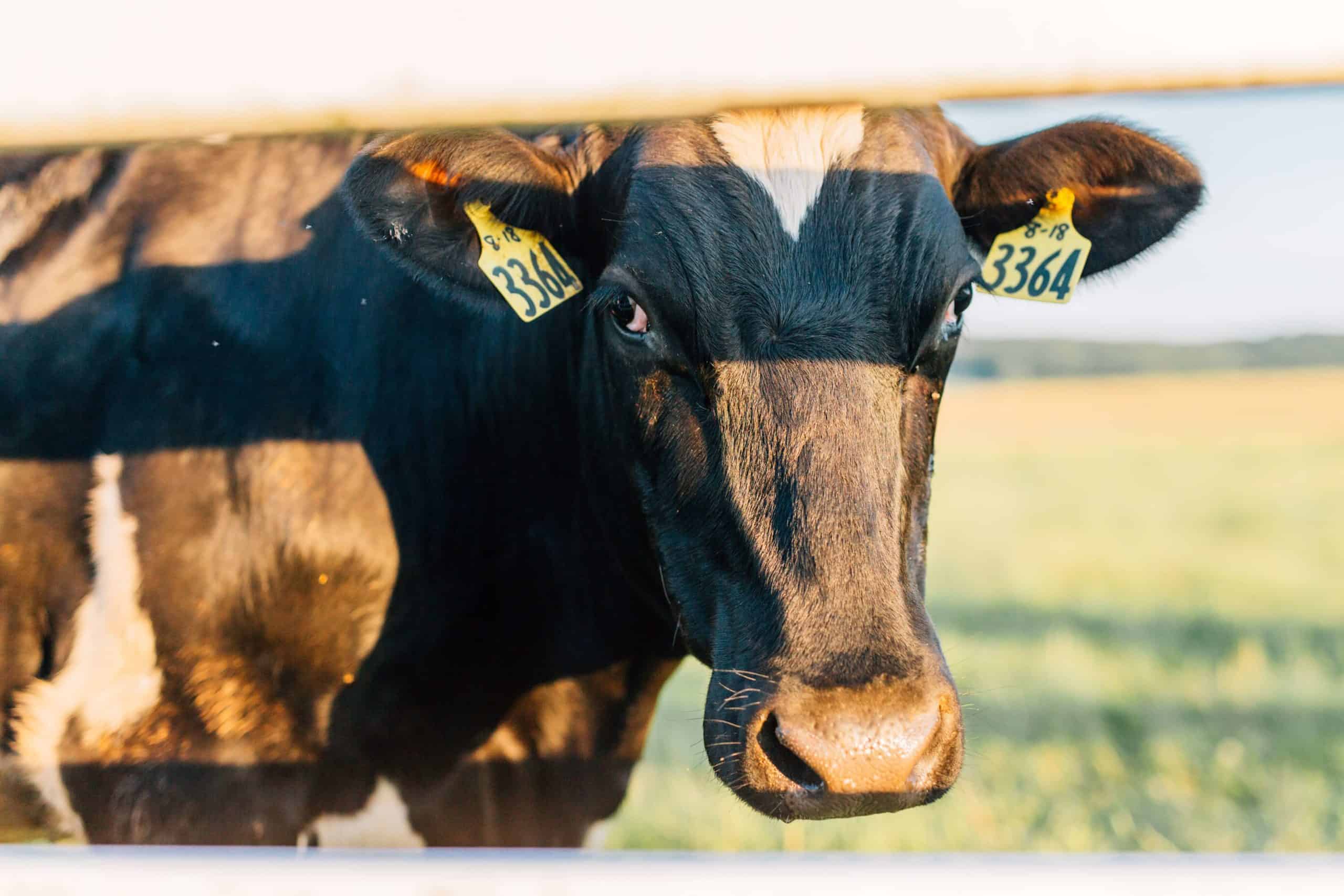Scours – Nutritional

When a calf is stressed the there is a reduction in acid secretion into the abomasum. This impairs milk clotting and successful milk protein digestion.
Stress can come from many sources. The initial stress is colostrum inadequacy, then poor transportation and handling from one farm to another. Sale-yards, hot or cold, dusty or muddy, cramped and noisy, drafty – these conditions need no explanation. Then you have to get the calf home. Was the transport warm and sheltered and could calves lie down? Was the trucking company reputable? Did the calf have clean straw for comfort and fresh, clean water to drink? How far did he travel?
Shedding and environmental stress is a common cause of scours, such as sudden weather changes or cold, damp, drafty or humid conditions inside calf sheds. Overcrowding in calf sheds often results in outbreaks of scours. Insensitive and inexperienced staff, routine changes and hygiene lapses also bring on nutritional scours.
Milk feeding – nutritional scours can be due to inappropriate milk feeding programs (eg overfeeding, underfeeding or irregular feeding). Sudden changes in the concentration of milk replacers, incorrect milk temperatures, a poor quality milk powder, or introducing a calf to whey or soya milk proteins too early, can contribute.
Combinations of any of the above stresses greatly increase the likelihood and severity of scours. The duration of scours is largely under the control of the calf rearer. During their second week of life, calves are particularly susceptible. By careful observation, it is possible for experienced calf rearers to anticipate the onset of scours on the day before it occurs, reduce milk feeding, use electrolyte therapy, hopefully with the result that the calf recovers quickly.
Signs of impending scours can be:
- dry muzzle, thick mucus from nose
- very firm faeces/constipated
- refusal of milk
- tendency to lie down
- high body temperature (over 39.3°C)
Preventing nutritional scours in calves
The trick with nutritional scours is to ensure best animal practice and husbandry. If there is a breakdown in management, act quickly to mitigate its effects. When this is done as soon as possible, the calf returns to health quickly. What isn’t needed is a progression to the far more serious infectious scours.
Prevention is very much better than a cure.
Colostrum feeding
The importance of colostrum feeding management cannot be stressed enough.
Up to 50% of calves receive insufficient antibodies because of inadequate attention to their colostrum feeding. These calves are more likely to succumb to nutritional and infectious scours. The quality of colostrum should be routinely monitored and calves not seen drinking must be fed colostrum within their first 6 hours of life. Even if calves voluntarily drink from their dam, they very often do not consume and absorb sufficient antibodies. Offering additional good quality colostrum, by Bovivet stomach tube or bottle if able, is the best way of giving calves a good start to life. This is very important late in the calving season and as pathogen numbers build up in sheds when calf numbers increase.
Other factors to consider:
- Avoid sale yard calves
- Transport home with care
- Protect calves from climate extremes
- Plan shed to avoid overcrowding
- Minimise stresses associated with routine management practices
- Maintain strict hygiene. Sterilise equipment and facilities
- Develop a routine milk feeding program, with consistent staff
- Wean early using the once a day
- Respond early to symptoms
- Isolate sick calves and address the cause
- Minimise the use of antibiotics and then only under veterinary supervision
- Never handle sick calves before healthy calves
- Keep records of treatment of sick calves to assist in veterinary advice
Treatment
Treatment of nutritional scours must take place at two levels. The cause must be established and eliminated. For example if it results from poor shed design, overcrowding and drafts a calf rearer must make all efforts to mitigate these stressors. The top priority for treating scouring calves is to provide them with sufficient liquid and electrolytes to replace that lost in the faeces. Only after diagnosis proves a bacterial source of infection should drugs be considered.

